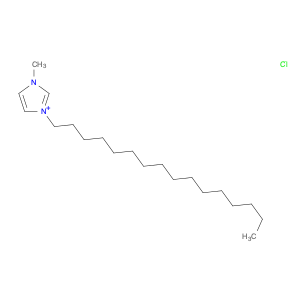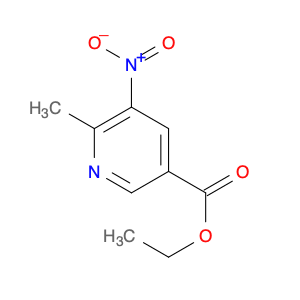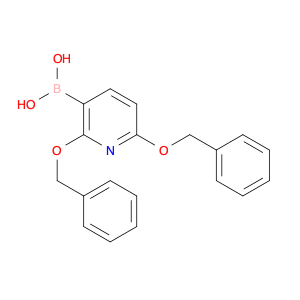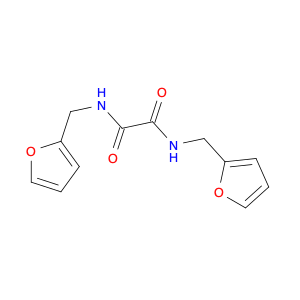3-Hexadecyl-1-methyl-1H-imidazol-3-ium chloride, also known as $name$, is a versatile compound widely utilized in chemical synthesis. With its unique properties, this substance plays a crucial role in various chemical reactions and processes.One of the primary applications of 3-Hexadecyl-1-methyl-1H-imidazol-3-ium chloride in chemical synthesis is as a phase-transfer catalyst. This compound facilitates the transfer of reactants between immiscible phases, enhancing the efficiency and yield of the reaction. By acting as a catalyst, it promotes the conversion of substrates into desired products while remaining unchanged itself, making it a valuable tool in organic synthesis.Furthermore, 3-Hexadecyl-1-methyl-1H-imidazol-3-ium chloride is employed as a surfactant in various chemical reactions. Its amphiphilic nature allows it to lower the surface tension between different phases, enabling better mixing of reactants and enhancing the overall reaction kinetics. This property is particularly useful in emulsion polymerization and other reactions where maintaining uniform dispersion is critical for optimal results.Moreover, this compound can also function as a stabilizer in certain reactions, preventing undesired side reactions and improving the overall selectivity of the process. Its ability to interact with both organic and aqueous phases makes it a valuable additive in heterogeneous catalysis and other complex chemical transformations.In conclusion, 3-Hexadecyl-1-methyl-1H-imidazol-3-ium chloride is a versatile and essential component in chemical synthesis, offering various benefits such as phase transfer catalysis, surfactant properties, and stabilization effects. Its unique characteristics make it a valuable tool for chemists seeking to enhance the efficiency and specificity of their synthetic processes.
 sales@aaronchem.com
sales@aaronchem.com










